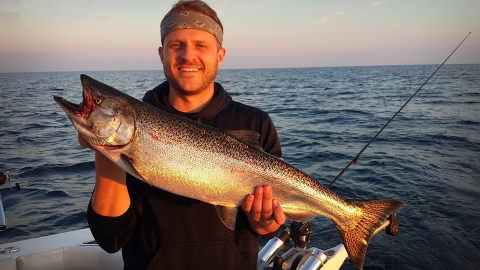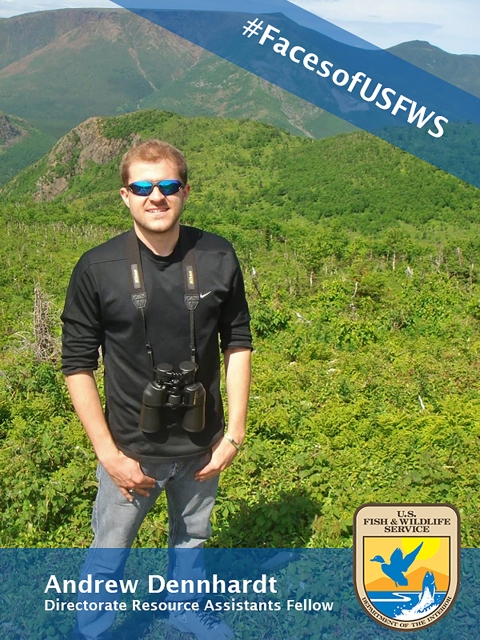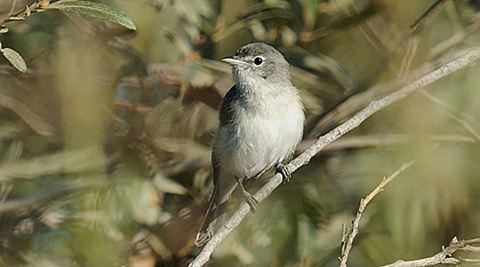By Andrew J. Dennhardt
On one of my first days as an intern, I heard the call of a male least Bell’s vireo. He was barely visible to the naked eye amidst dense and dark foliage along the Santa Clara River. His call reminded me of why I came here to Ventura, California in the summer of 2019: to help conserve the eloquence of his inimitable song for generations to come.
I arrived at the Ventura U.S. Fish and Wildlife Office in late May, charged with working alongside biologists to study and synthesize historic information on the conservation and management of this rare migratory songbird along one of Southern California’s last remaining natural riverways. With the Ventura team, I produced a management and monitoring plan for the vireo in the Santa Clara River, highlighting future recovery and the means to that end.
The vireo was first listed as endangered in 1986. Its decline stemmed from riparian riparian
Definition of riparian habitat or riparian areas.
Learn more about riparian habitat loss and degradation due to land conversion, spreading invasive plant species, and nest parasitism by the brown-headed cowbird. Since the 1980s, the Service and its partners implemented habitat restoration and cowbird population control to conserve the vireo.
How did I arrive here on the banks of the Santa Clara River, listening to his beautiful song? Well, imagine that you have a lifelong passion for fisheries and wildlife. That was easy, right? Okay, now imagine that you have been a student for the past 10 years – honing your craft to become a wildlife biologist. Every step of the way, you’ve worked hard to become a well-rounded professional. You’ve surveyed wildlife in the field, summarized statistics in the office and proudly shared your work with others. Now, you’re nearing the end of your university education.
In a competitive job market, you soon find that it’s a sizeable challenge to find a permanent job. For me, that’s where the Directorate Resource Assistants Fellowship Program, or “DFP” for short, came into play. In its fifth year, DFP is an exceptional path for students to earn a permanent position with the federal government.
Following an orientation week at the National Conservation Training Center in West Virginia, DFP interns set out on their 11-week projects. Following certification of a completed project, students return to university to complete their degree programs. Within two years of receiving their degrees, DFPs can be hired on to permanent positions with the agency directly. Talk about the rewards and experiences of a lifetime!
And for such a remarkable career opportunity, as DFPs, we have the honor and responsibility to tell the story of our internships. This has been mine, and I am very grateful for the opportunity.
To my Ventura and Region 8 colleagues, and especially the Service’s Directorate: thank you for continuing to sponsor a student-centered program like the DFP. You’ve graciously opened your doors to us, and by such a gesture, I know that our conservation future is stronger together.
On behalf of the 2019 DFP Fellows, we sincerely look forward to serving your agency and the American people for years to come!






